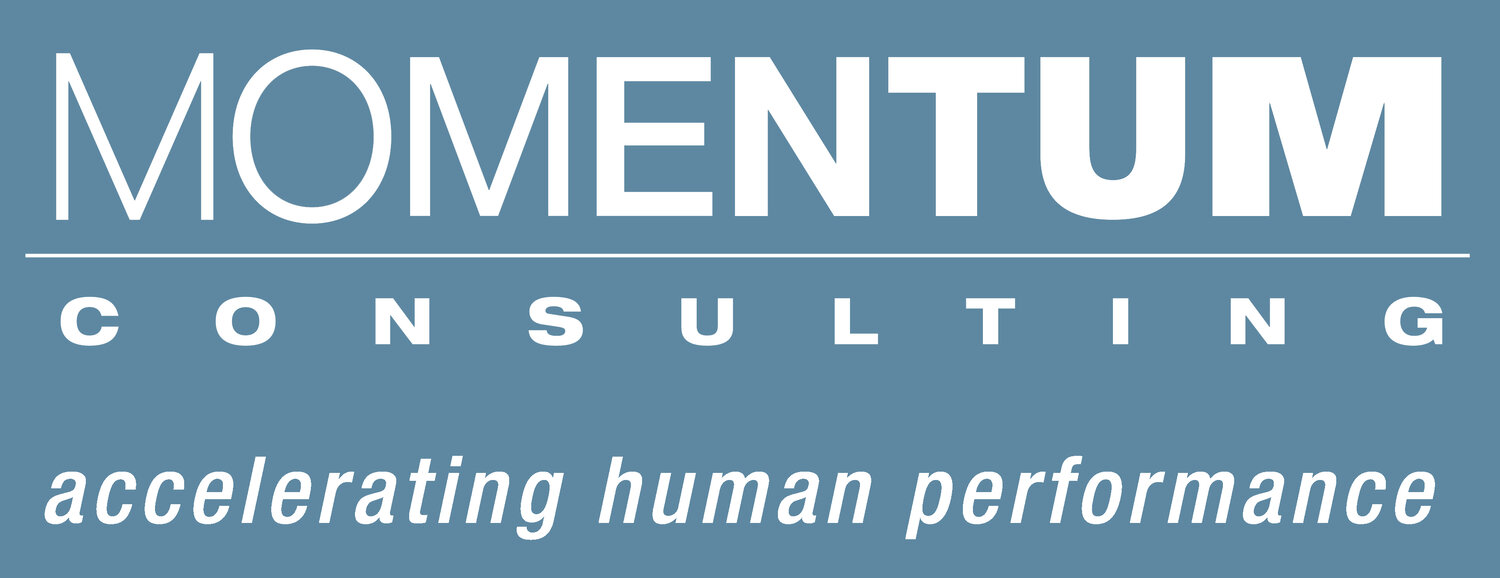Speak Straight, Respectfully - FOW #3
Speak honestly and clearly in a way that moves the action forward. Say what you mean. Ask questions for clarity, share ideas and be willing to raise issues, even if they may create conflict, when it is needed for success or maintaining collaboration. Address issues directly with those who are involved or affected. Take responsibility for getting your message across.
Hi! Please allow this message to serve as an introduction for now, though I do hope to meet you in person.My name is Tracey Nelson, and I am very excited to be a new member of the amazing Momentum team!Momentum’s fundamentals, the foundation for its culture, are precisely the reason I joined. I’ve encountered a few truly values-based cultures in my career, but the professionals here take that culture to a higher level; they walk the walk.This week’s fundamental may be one of the most difficult, requiring considerable practice before doing it effectively.
Speaking honestly first requires that we listen well before speaking and ask for clarification before moving an issue forward.
The biggest challenge here is to hold off forming an interpretation or opinion until you have gotten all the information you can.When you do speak, doing so directly does not mean:
- Delivering a “feedback sandwich” (yes, there is another term for this…)
- This means sliding your intended message, if it might be perceived as negative, between two more positive observations, e.g. “you did X very well, you did not do so well with Y, but you ended with a great Z”.
- This was discussed in a recent TED podcast (in minute 4) with Ray Dalio of Bridgewater Associates. He noted that not only does this come off as insincere, it is ineffective, as the recipient is more likely to remember the praise than your message.
- Insulting others by demeaning their work, their opinion or anything else. Speaking respectfully requires that you address the issue objectively,with the intent to achieve your shared goal.
Speaking directly does mean:
- Being as clear as possible
- Airing current and potential issues, roadblocks and conflicts
- Acknowledging progress and positive contributions to reinforce them
- Owning the responsibility of delivering your intended message. This may mean asking the message recipient to repeat their understanding of the conversation and/or the next steps, allowing you to correct or fill in as needed to ensure your message was received.
As I mentioned, this type of direct objective communication is not always intuitive, so requires conscious practice.To quote author Brian Tracy, “communication is a skill that you can learn. It’s like riding a bicycle or typing. If you’re willing to work at it, you can rapidly improve the quality of every part of your life”.

